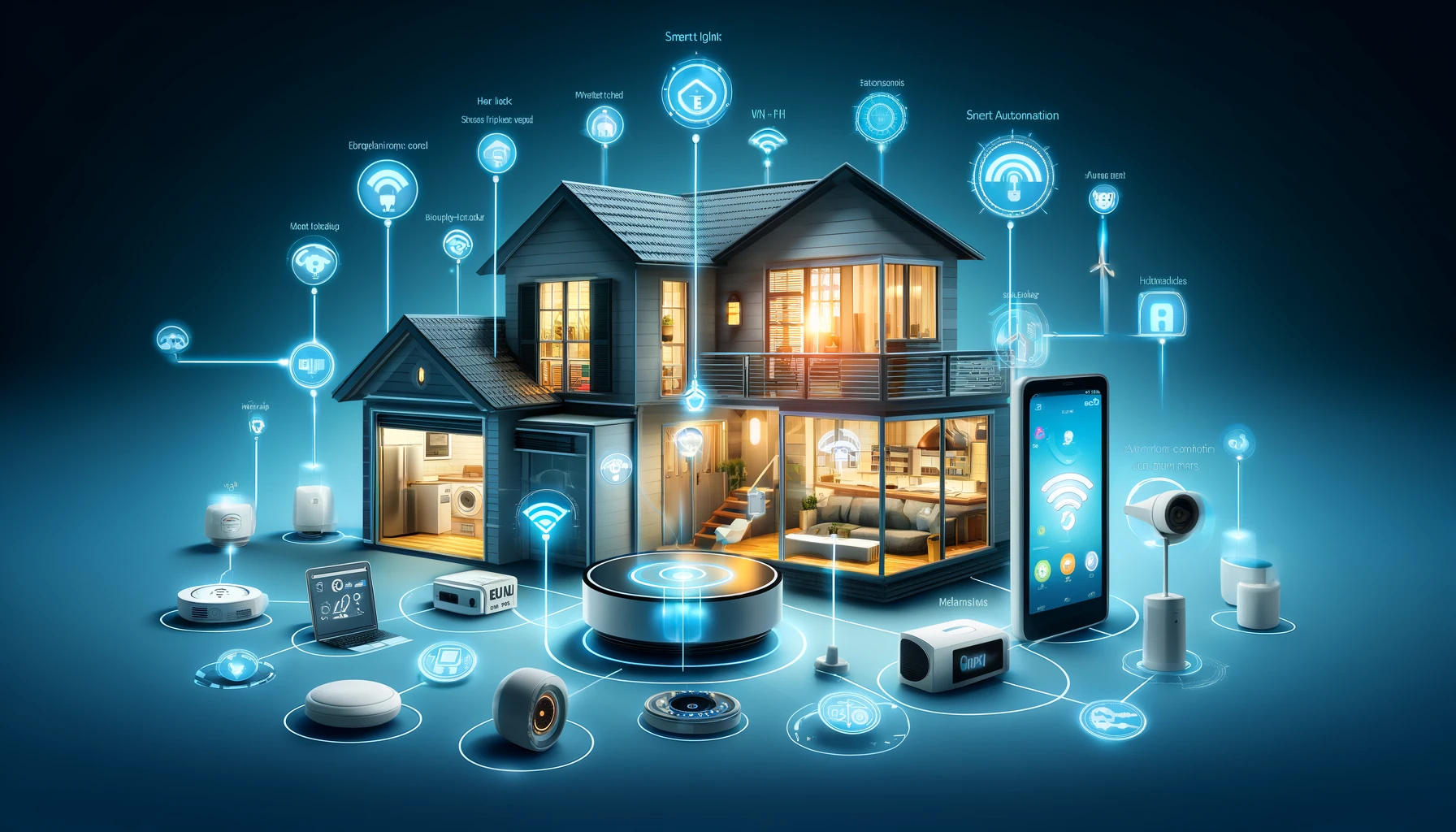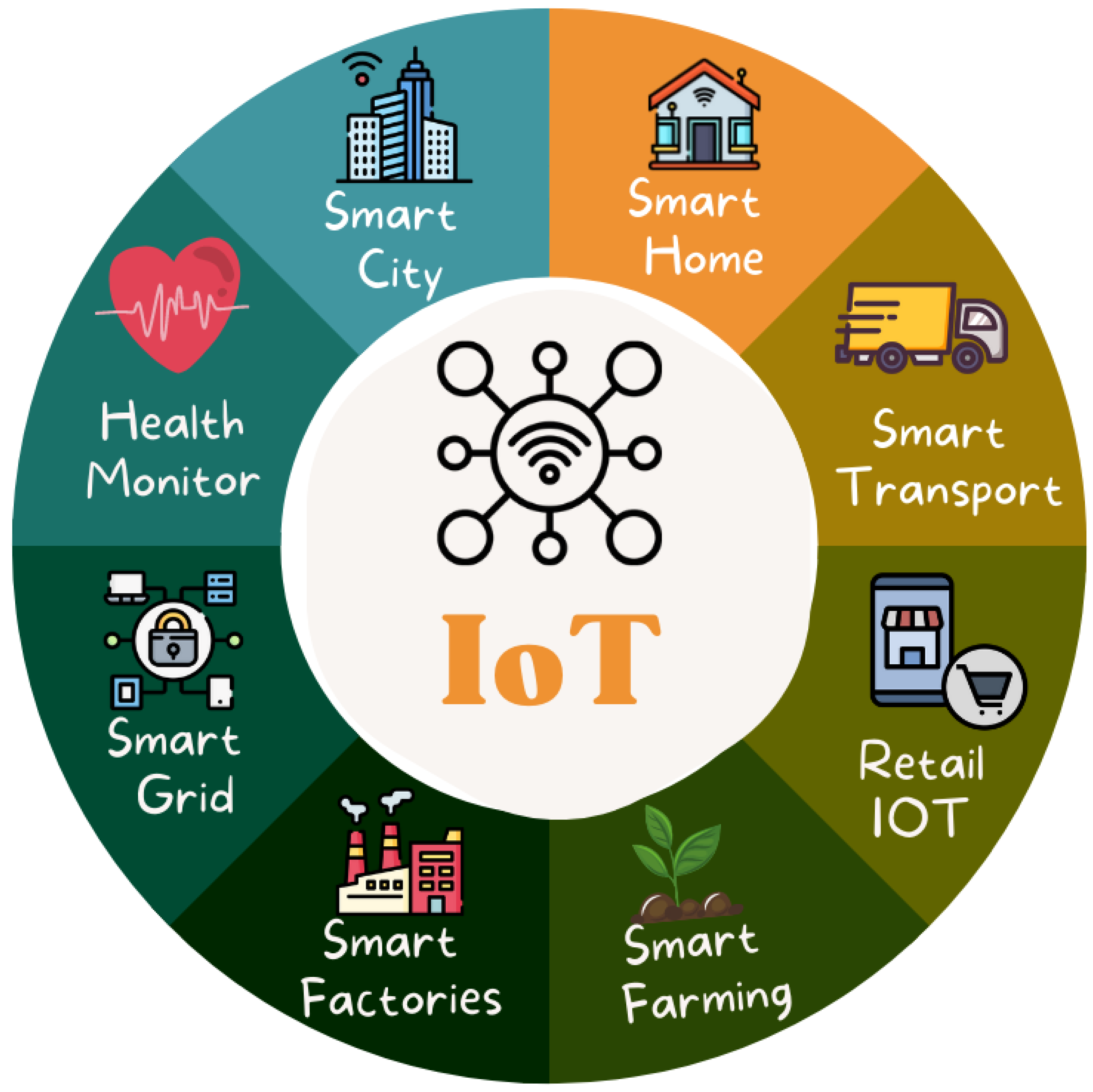SM HIGHTS ,NH 5, Phase 8B, Industrial Area,
Sector 74, Sahibzada Ajit Singh Nagar, Punjab 140308

The Internet of Things (IoT): Connecting the Physical and Digital Worlds The Internet of Things (IoT) has rapidly transformed from a futuristic concept to a present-day reality. It's woven into the fabric of our daily lives, often without us even realizing it. From smartwatches tracking our fitness to connected thermostats optimizing our home's energy usage, IoT is revolutionizing how we interact with the world around us.
At its core, IoT refers to the vast network of physical devices embedded with sensors, software, and other technologies that enable them to collect and exchange data over the internet. 1 These devices range from simple household appliances to sophisticated industrial tools. The key characteristic of IoT is the ability of these devices to "talk" to each other, analyze data, and make decisions with minimal human intervention.
Senior UX/UI designer
Atul soni
Devices: These are the physical objects equipped with sensors and actuators to interact with the environment. Connectivity: This involves various communication technologies like Wi-Fi, Bluetooth, cellular networks, and others that enable data transfer between devices and the cloud. Data Processing: This involves collecting, storing, and analyzing the data generated by the devices, often using cloud-based platforms. User Interface: This allows users to interact with the IoT system, monitor data, and control devices through applications or dashboards.

Devices: These are the physical objects equipped with sensors and actuators to interact with the environment. Connectivity: This involves various communication technologies like Wi-Fi, Bluetooth, cellular networks, and others that enable data transfer between devices and the cloud. Data Processing: This involves collecting, storing, and analyzing the data generated by the devices, often using cloud-based platforms. User Interface: This allows users to interact with the IoT system, monitor data, and control devices through applications or dashboards.